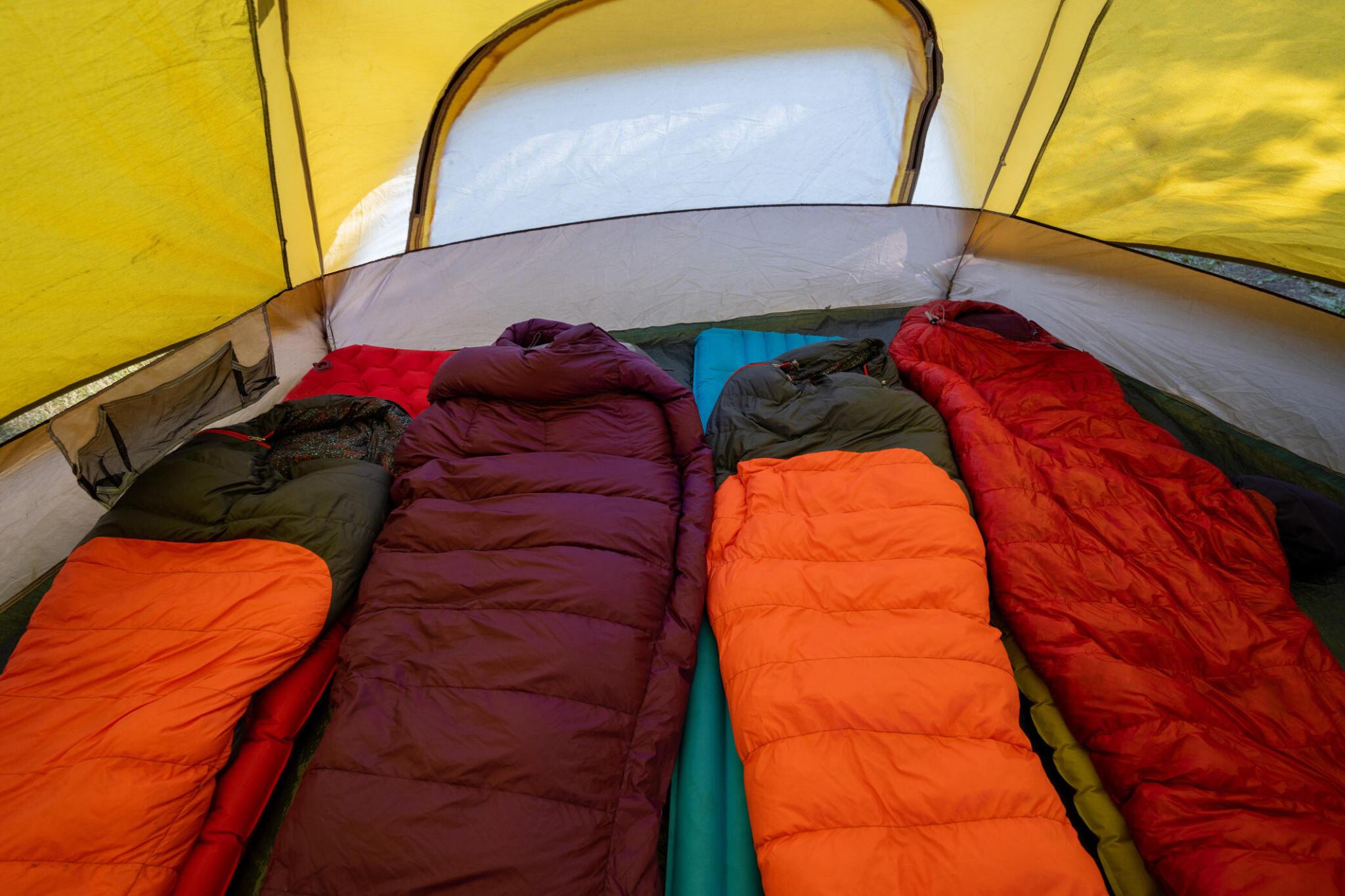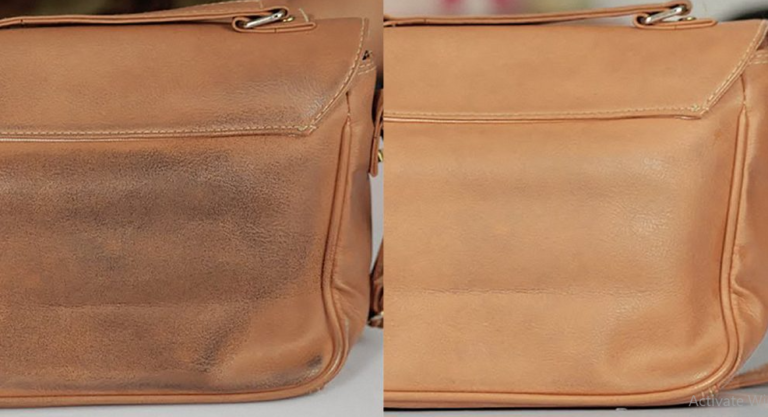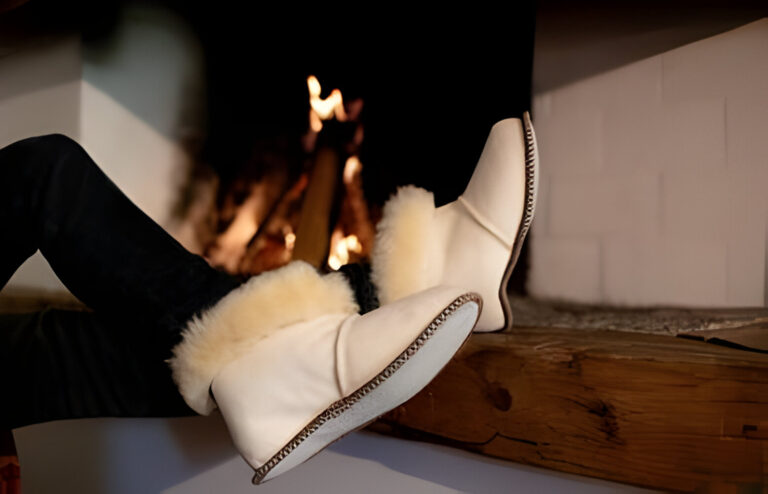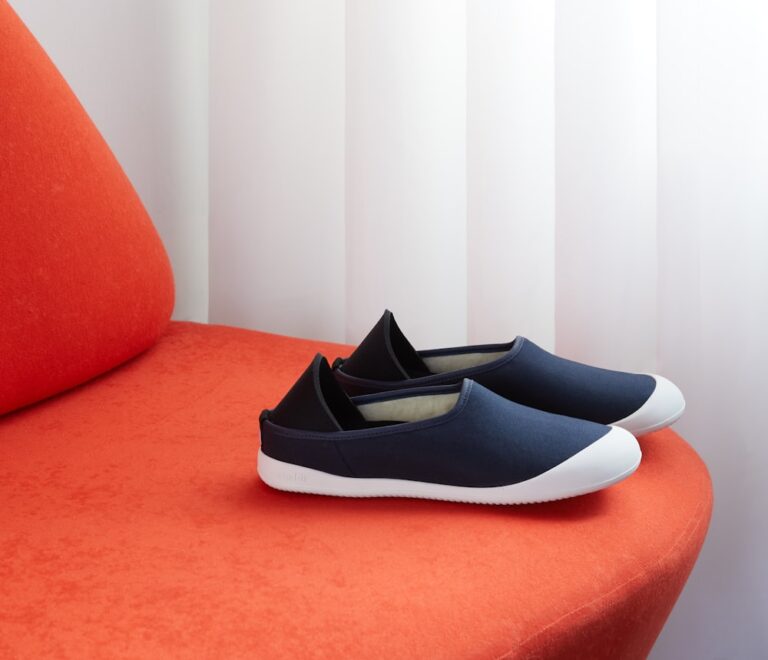How Much Does a Sleeping Bag Weigh?
When it comes to backpacking, every gram in your pack matters. And one item that can significantly contribute to the weight of your backpack is the sleeping bag. So, how much does a sleeping bag weigh? In this comprehensive guide, we will delve into the factors that determine the weight of a sleeping bag, explore different types of sleeping bags, and provide practical tips for choosing the right sleeping bag for your backpacking adventures.
The weight of a sleeping bag is influenced by several factors, including the type of insulation, temperature rating, shape, and additional features. Generally, backpacking sleeping bags weigh between 2 to 4 pounds (900-1800g) for regular backpackers and 1 to 3 pounds (450-1300g) for ultralight backpackers. These weight ranges are based on the preferences and needs of different hikers.
Factors Affecting Sleeping Bag Weight
Insulation Material
The type of insulation used in a sleeping bag plays a significant role in its weight. There are two main types of insulation: down and synthetic.
Down Insulation: Down insulation is known for its excellent warmth-to-weight ratio. It is lightweight, compressible, and provides exceptional insulation. However, down sleeping bags tend to be more expensive and less effective when wet.
Synthetic Insulation: Synthetic insulation is generally heavier and less compressible than down. However, it performs better in wet conditions and is more budget-friendly.

Temperature Rating
The temperature rating of a sleeping bag indicates the lowest temperature at which it can keep you comfortable. Sleeping bags designed for colder temperatures have more insulation and, therefore, weigh more than those designed for warmer conditions. It is crucial to choose a sleeping bag with a temperature rating that aligns with the lowest temperatures you expect to encounter on your backpacking trips.
Read More: How Much Is a Teddy Blake Bag
Shape and Features
The shape and additional features of a sleeping bag can also impact its weight. Mummy-shaped sleeping bags, which have a tapered design, are more streamlined and lighter than rectangular bags. Features like hoods, zippers, and draft collars can enhance comfort but often add weight to the sleeping bag.
Body Size and Comfort
Consider your body size and shape when choosing a sleeping bag. Some sleeping bags are designed specifically for women or men, taking into account differences in body shape and insulation needs. It is essential to find a balance between comfort and weight, ensuring that the sleeping bag fits you properly and provides adequate insulation.
Tips for Choosing the Right Sleeping Bag Weight
Here are some practical tips to help you choose the right sleeping bag weight for your backpacking adventures:
Assess Your Hiking Conditions: Consider the typical climate and terrain of your hikes. Choose a sleeping bag that suits the weather conditions you expect to encounter.
Determine the Temperature Rating: Select a sleeping bag with a temperature rating that aligns with the lowest temperatures you anticipate on your trips. It is better to choose a bag that provides slightly more warmth than you think you’ll need.
Consider the Insulation Type: Decide between down and synthetic insulation based on your budget, expected weather conditions, and personal preferences.
Take Body Size into Account: Ensure that the sleeping bag fits you comfortably. Consider gender-specific designs if available.
Read More: How to Store Leather Bags
Balance Comfort and Weight: Find a balance between comfort and weight that aligns with your hiking style and preferences. Remember that a slightly heavier bag may provide more warmth and comfort in colder conditions.
Conclusion
Choosing the right sleeping bag weight is essential for a comfortable and enjoyable backpacking experience. Consider factors such as insulation material, temperature rating, shape, and additional features when selecting a sleeping bag. Strive for a balance between weight and comfort, ensuring that the sleeping bag suits your body size and provides adequate insulation for the conditions you expect to encounter. By following these tips, you can find the perfect sleeping bag weight for your backpacking adventures. Happy hiking!







